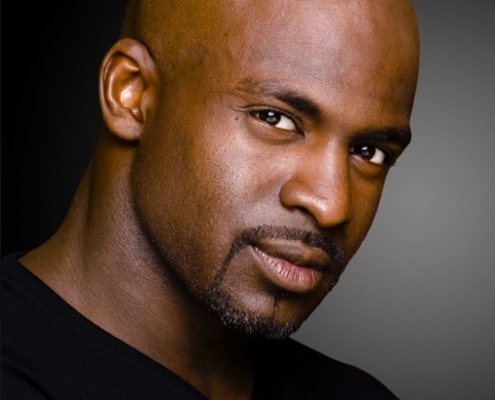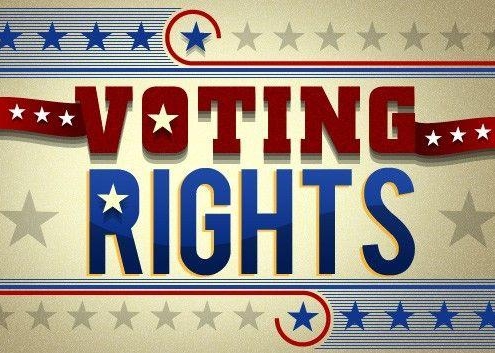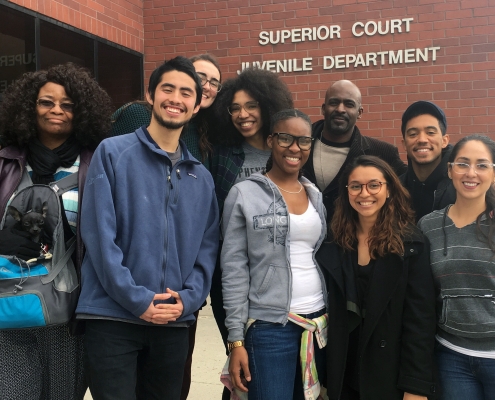
Launch of the “Women Beyond Bars: Reentry and Human Rights” Report — TOMORROW at UCLA
Congratulations to UCLA Associate Professor, Bryonn Bain, for…

Factors That Influence the Acceptance of Corruption in Brazil
By Sergio Guedes Reis, UCLA Master of Social Science ‘18 Citizens…

Defending Voting Rights: A Civil Rights and Social Science Partnership in Action
By Chad Dunn, Brazil & Dunn, Attorneys at Law, and Matt…

Students Participate in Collective Bargaining Exercise at UCLA
By Kent Wong Director, UCLA Labor Center The UCLA fall…

LA Social Science Presents “Conversations with Changemakers” Featuring Bryonn Bain and Rosie Rios – Part 2
By Lara Drasin Read Part 1 of this interview HERE. Bryonn…

